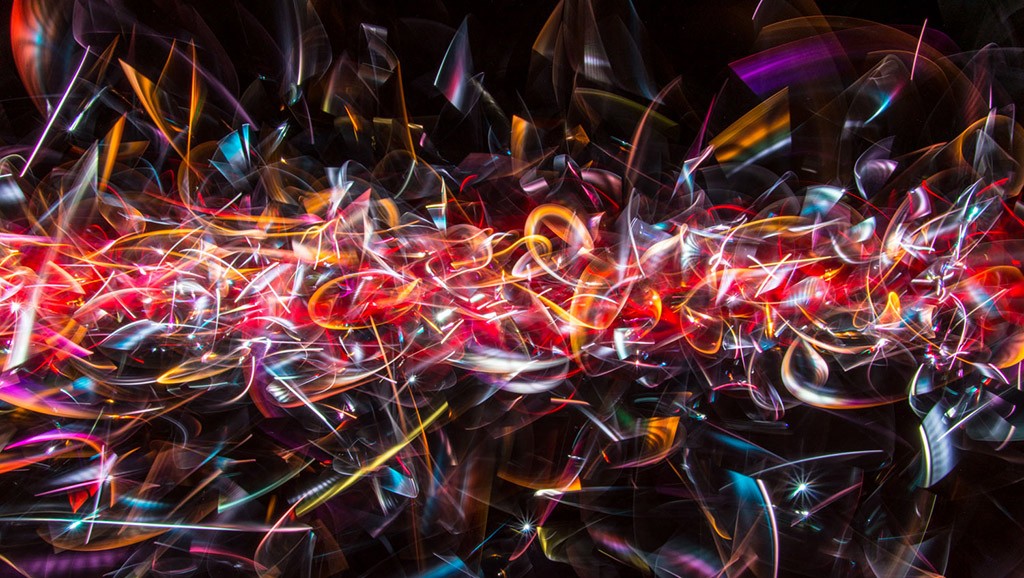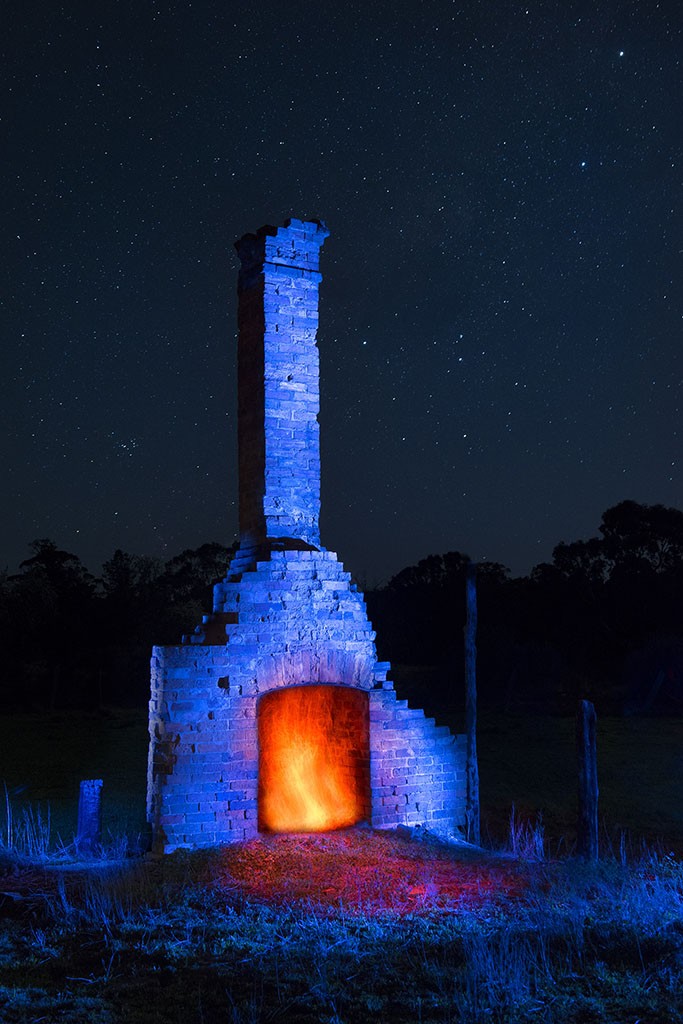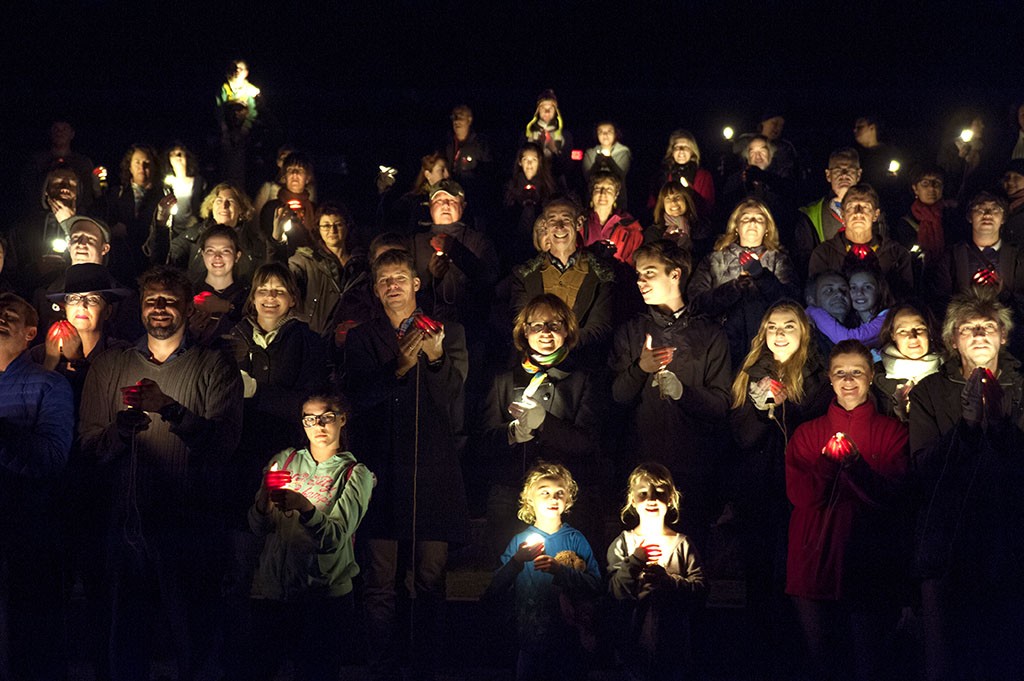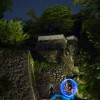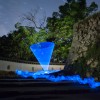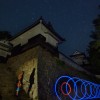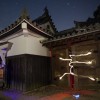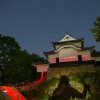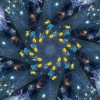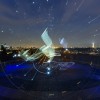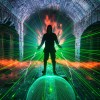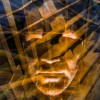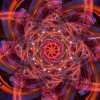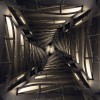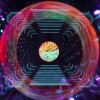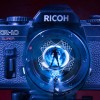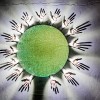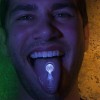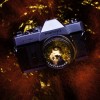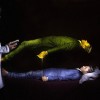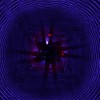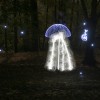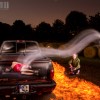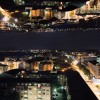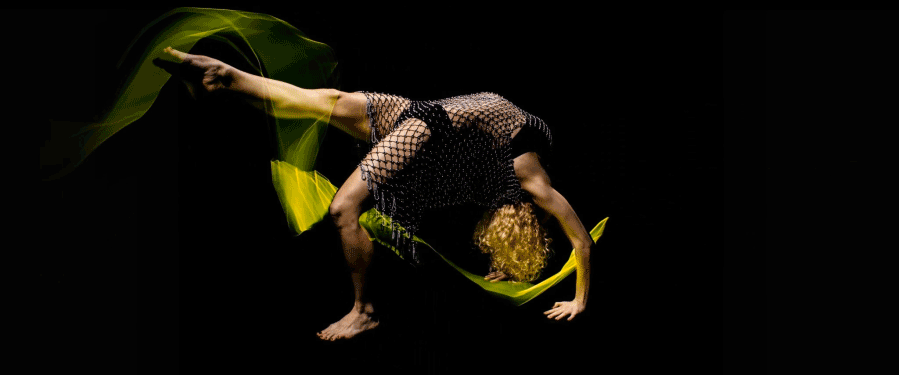Patrick Rochon’s new Light Painting Kata’s are so beautiful they might make your eyes bleed. Seriously these new Light Paintings are stunning. The mix of color and free flow form captures light in exquisite beauty. This new work is just the tip of the iceberg in what Patrick has going on including a new website and signing with an agency that is sure to bring Patrick even more well deserved success! Check out the video and read on of all the details.
Video by Pierre Tremblay, Listo films http://www.listofilms.com
Music by APigeon http://apigeon.bandcamp.com
LPP ∇ Hi Patrick, your new Light Painting Kata’s are really beautiful! To me they feel like there is some emotion and meaning behind them, can you tell me what the Light Painting Kata’s mean to you?
PR ∇ The LP kata has a personal and professional importance to me. It is a practice, an
exploration and discipline I’ve integrated in my life. The Kata is where I learn about myself and the art of light painting. This freestyle practice is transformative, it allows for non-control to take place, so in other terms, for intuition and instinct to grow. It gets you in a space of “feeling” the creation. In a way the kata is my teacher.

LPP ∇ How did these images come about?
PR ∇ The creative process is fascinating for me. Why one day it works like a charm and other days, well no much comes out. Same person, same tools, but it seems like every moment has its gifts and disappointments.
Well when you observe yourself carefully, internally and see what comes out, you start to see how feelings, emotions and results are all connected. It’s like the guts and heard transmits as much data has the brain. So after a while observing, you can piece it altogether and “see” the process taking place like an internal map. You know when it’s time to push, time to rest and step back or time to change direction.
So, I practice a lot and disregard many images. All the images are part of the growing process, of the trail we take to get there so they are all important, but I only share the special ones, the peaks. The only goal is practice often and regularly. Switching to process orientation and away from result orientation. Through time you see yourself evolving with, it’s like your body learns automatically so all you have to do is show up and create the moment you are living, good or bad. That’s how these images came to be, process.
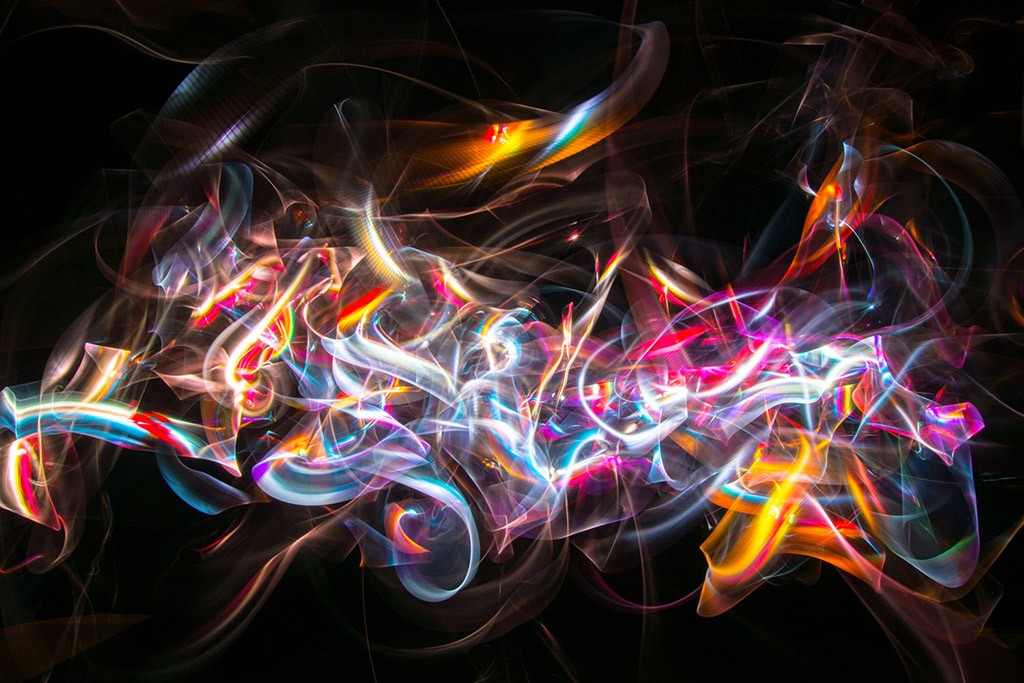
LPP ∇ I knew there was something deep going on with these… What is the vibe when you are making the Katas? Is it in silence or do you listen to music when you are creating them, if so what is it?
PR ∇ I do and right now I often let Soundcloud to the choice for me, it often goes into
good shuffle directions. Here is a link of a mix I like: Nickodemus Robot Heart

LPP ∇ What you are using to make them and how you are getting those incredible colors?
PR ∇ I always use my Liteblades to do the katas. It gives the result I’m looking for, it inspires me to improve the tools and explore other possibilities. I play and modify the tools with tape, filters, textures… The tips are open so light comes through the front end so it gives me the options of adding different colours there and by using those and irises with black tape to control the quantity of light, it can create high lights and explosions when pointed to the lens.
I research my colours and find good combinations. I work with Lee and Rosco gels. I love the sample packs, they help a lot to find many variations of colours. Right now I work with prototypes that are bigger, it gives the impression of the light sword.
LPP ∇ Is there a feeling you hope people will have when they are viewing these images?
PR ∇ I think it’s personal. Everyone will feel different or see these differently. I hope people take time to be absorbed by the light in my images, taking time instead of zapping through, to become fascinated once again like a child, being sensitive to layers of their own imagination and inner selves.
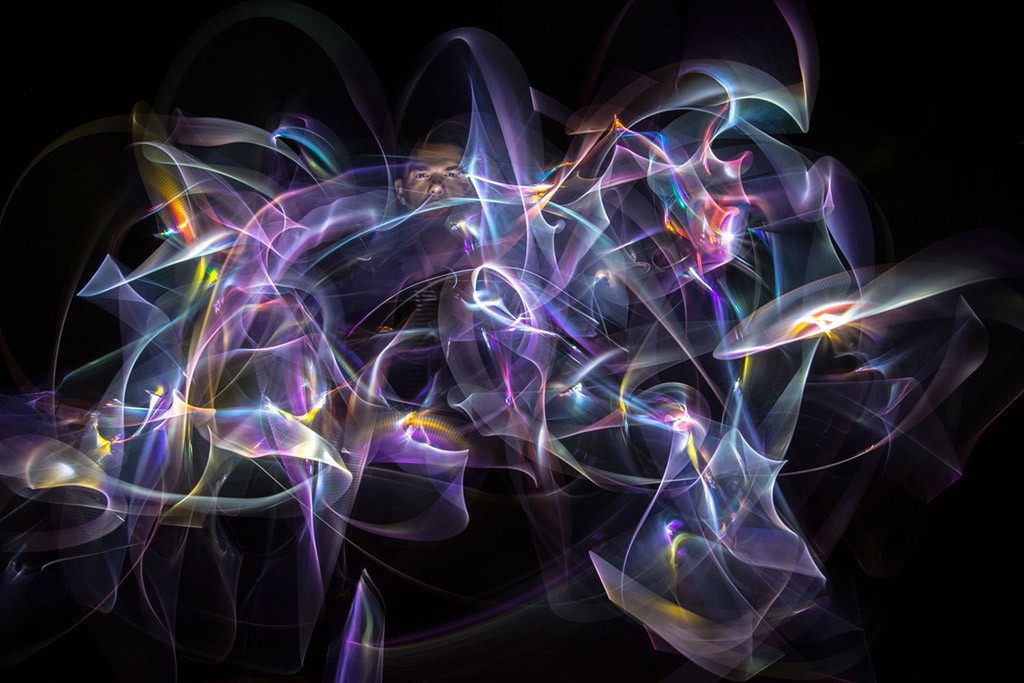
LPP ∇ There have been some big changes in your life with your new website, which looks fantastic, and you have recently signed with a new Agency, Can you tell me more about that?
PR ∇ It’s been busy, I’m always seeking the next step and pushing myself further in my own process. It’s like a journey without a map where you need to trust your own feelings to get to places you didn’t expect.
When I met the agency Suzy Johnston & Associates a few years ago, I was impressed by the level of professionalism and consideration they had towards the other. But unfortunately, they rarely integrate new talents such as myself so we kept a good contact and I emailed them my work once in a while. After doing the Inspired Light project with Infiniti in Dubai, and while I was still dealing with the show in Saudi Arabia, my partner and I need support for negotiations and putting the right elements in place. I reached out to the agency and proposed a collaboration.
This collaboration allowed us to work together and gave us the chance to start a professional relationship. Since the connection, the chemistry and the flow was right, they offered to integrate me in the agency as one of their talents. So, we did the launch and announcement it in September.
I have to say, being surrounded by great professional people, is very inspiring and I feel the influence adding to my experience and knowledge. Of course soon after they asked me to create a new website to enhance and represent my work better. The older site didn’t give an overall view of what I do. It was hard to see my work for the people visiting, so many clicks and to much digging to get it… So, it took a period of three months to accomplish this new site, from searching platforms and templates to re-sizing and enhancing over two hundred images plus combining the shop, the blog, galleries and the choosing the artistic direction of it all….
LPP ∇ With everything I am seeing it feels like you have gone through a bit of a metamorphosis, is this limited to your website or is this in your Light Painting work and/or personally as well?
PR ∇ All is connected, the changes are affecting every part of your life, of my life. Change is everywhere right now, that’s what I’m seeing and feeling.
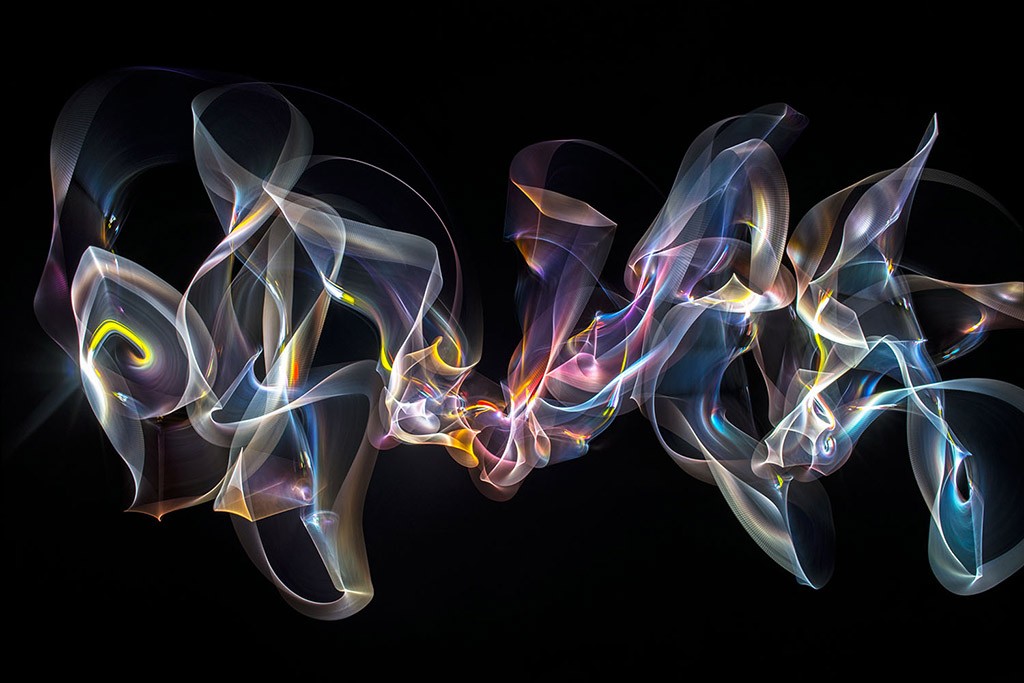
LPP ∇ One last question; What is the one person, place, or thing that you would really love to light paint?
PR ∇ Good question, I’ll get back to you with a result. 😉
LPP ∇ Congrats again on everything and signing with Suzy Johnston! I hope your success continues and grows my friend.
PR ∇ Thank you.
